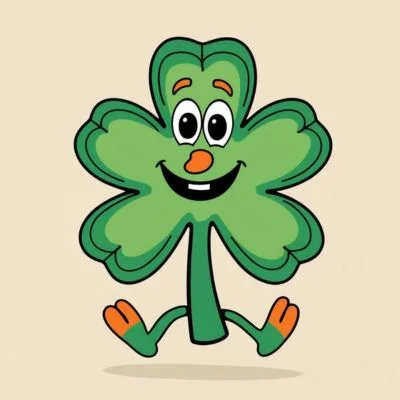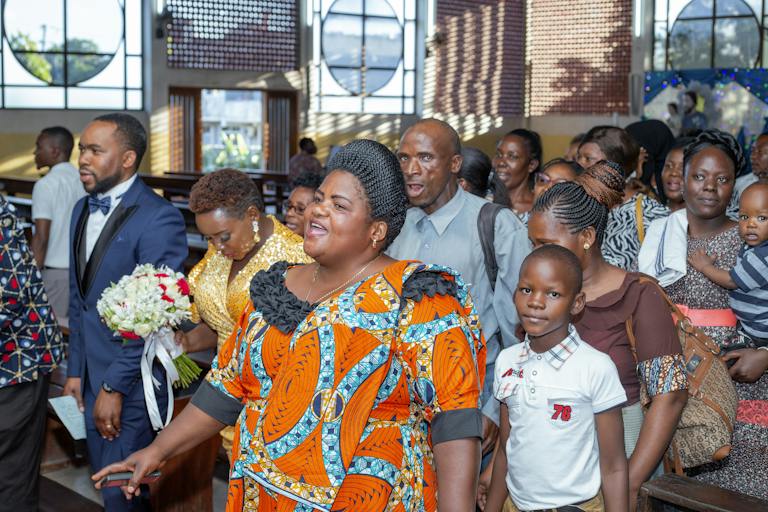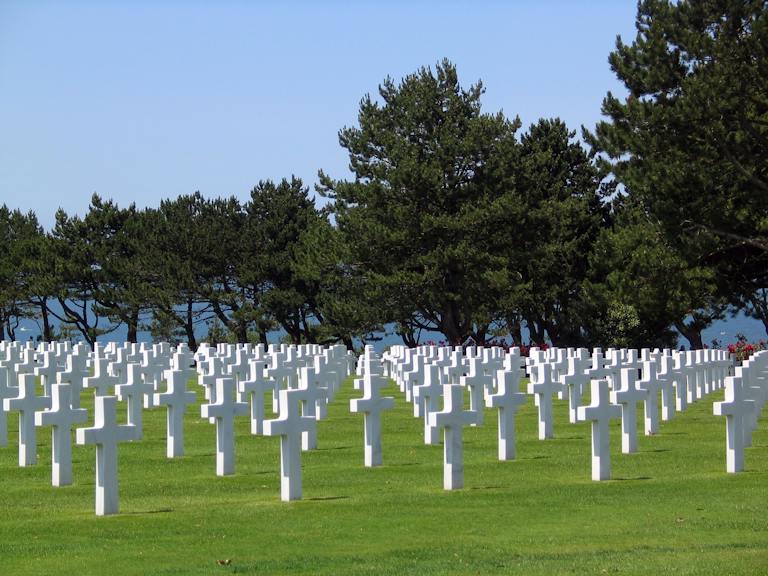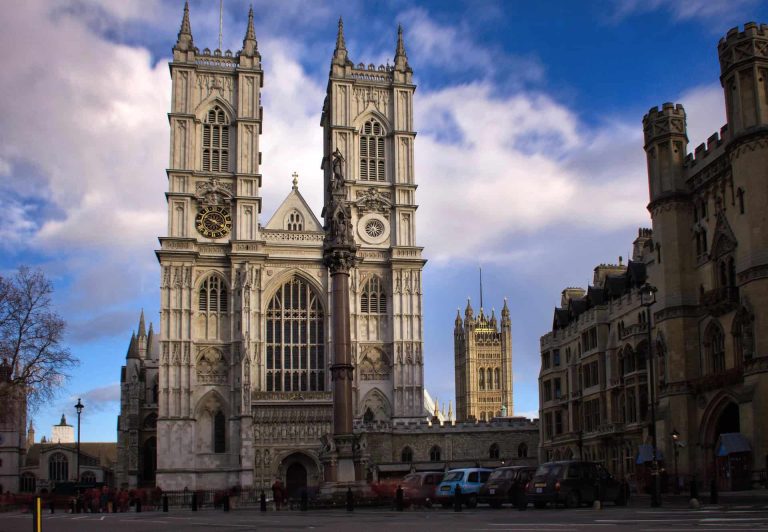Anglican vs Catholic: The Key Differences
As a pastor, I’m often asked about the differences between the Anglican and Catholic churches. With similarities in liturgy, sacraments, and church structure, it’s understandable that people get confused. While there are more commonalities than differences, the differences are still significant enough that the two should be considered distinct Christian traditions.
In this post, I’ll highlight some of the key theological and practical variances.
| Area | Anglican | Catholic |
|---|---|---|
| Origins | Church of England, split from Catholicism in 1534 | Traces roots to early church, led by succession of Popes |
| Supreme Authority | Scripture | Pope/Church teaching |
| Status of Pope | Viewed as a bishop, can err | Earthly head of church, infallible interpreter |
| Mariology | Don’t pray to Mary or Saints | Prayer & veneration of Mary & Saints |
| Transubstantiation | View communion symbolically | Believe communion literally becomes body & blood |
| Clerical Marriage | Priests can marry | Priests must take vow of celibacy |
| Women Clergy | Some churches allow female priests/bishops | All clergy must be male |
| Purgatory | Rejected | Belief in temporary place of purification |
| Liturgy | More congregational responses, accessible worship | Traditional, priest-led, formal worship |
| Central Authority | Self-governing national churches | Centralized authority in Vatican |
The Anglican Church’s Origins
The Anglican tradition traces its roots to the Church of England, which originally broke off from the Roman Catholic Church in the 16th century. The split centered around disagreements over theology and the Pope’s authority.
The divide centered specifically on the Pope’s refusal to annul King Henry VIII’s marriage to Catherine of Aragon. In response, Henry VIII created the Church of England in 1534, with the monarch serving as its Supreme Head. Anglican doctrine and liturgy maintained similarities to Catholicism but asserted independence from Rome’s control.
Today, the Anglican community worldwide contains more than 85 million members. Most Anglicans belong to national or regional churches, like the Episcopal Church in the United States. All regional churches share common history, tradition, and beliefs.

Key Theological Differences
While both Anglicans and Catholics share core Christian doctrines like the Trinity, Incarnation, the Apostles’ Creed, and 7 sacraments, theological variances do exist in a few areas:
Authority and the Pope: Catholics believe the Pope serves as the earthly head of the church under Jesus Christ. His interpretations of scripture and theology are considered infallible. Anglicans view him as just another bishop who can err. Scripture holds the ultimate authority for Anglicans.
Mary and Saints: Catholics pray to Mary and canonized saints, upholding that they can intercede. Anglicans believe prayer should only be directed to the Holy Trinity.
Transubstantiation: Catholics take a literal view of Communion, believing the bread and wine transform into Jesus’s actual body and blood. Anglicans believe in a spiritual “real presence,” but the elements don’t change form.
Celibacy and Married Clergy: While celibacy is required for Roman Catholic priests, most Anglican priests are free to marry. Some Anglican churches allow women priests and bishops too, which Catholics prohibit.
Purgatory and Indulgences: Historic Catholic practices like selling indulgences or repenting for sins in purgatory are rejected in Anglican doctrine.
While variations exist, Anglican theology does share Catholicism’s historical centering around creed, sacrament, and Holy Scripture. Many core beliefs align.
Comparing Liturgy and Worship
Beyond theology, Anglicans and Catholics find commonality in liturgy and worship. Thanks to their shared history, services feature similar prayers, rituals, vestments, liturgical calendar, and Eucharistic celebration. From the outside, the general order of worship looks almost identical too.
Upon closer inspection though, educated members could distinguish an Anglican from Catholic parish by a few subtle clues. Anglican services typically incorporate more congregational responses and singing. Sermon messages also focus a bit more on scripture than church tradition or authority. Some Anglican parishes also allow more contemporary or casual worship options outside of the formal liturgy.
Membership and Practices
The process for becoming an Anglican or Catholic church member differs too. Catholics usually require more formal catechism classes and confirmation rituals. For children or new converts to become full-fledged Catholics, it generally takes a year or more.
Anglicans have confirmation too but formal membership starts essentially with infant baptism. An infant baptized and later confirmed in the Anglican Church is considered a member for life regardless of attendance or personal beliefs later on.
So which church is right for you?
With similar appearance but some distinct variances, you may wonder which tradition best suits your spirituality. Here are a few key questions to consider:
- Do you feel comfortable with centralized authority or do you prefer decentralization?
- Is scriptural authority or church tradition most important to you?
- Do you align with Catholic teachings on transubstantiation, Mary/Saints, celibacy, clergy gender roles, etc.?
- Does one church’s worship style or liturgy appeal to you more?
Prayerfully evaluating these questions and talking to church leaders can provide wisdom. I encourage you to worship with both an Anglican and Catholic congregation to personally experience the similarities and differences as well.
While I have personal beliefs as a pastor in one tradition, I want to conclude by saying both Anglicanism and Catholicism have been influential and meaningful institutions for millions of faithful Christians. Both traditions possess rich histories, beautiful liturgy, and, most importantly, proclaim the saving sacrifice of Jesus Christ.
I pray the Holy Spirit guides you to the community where you can flourish and grow closest to our Lord.







